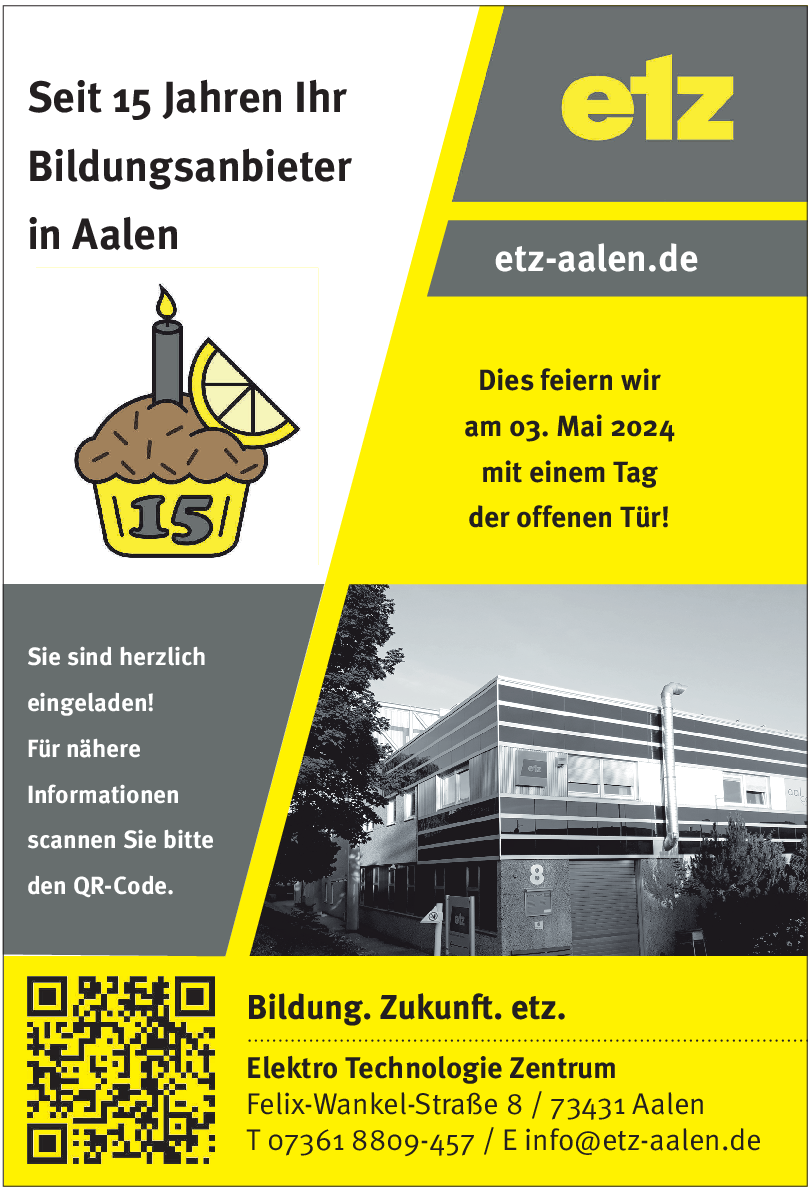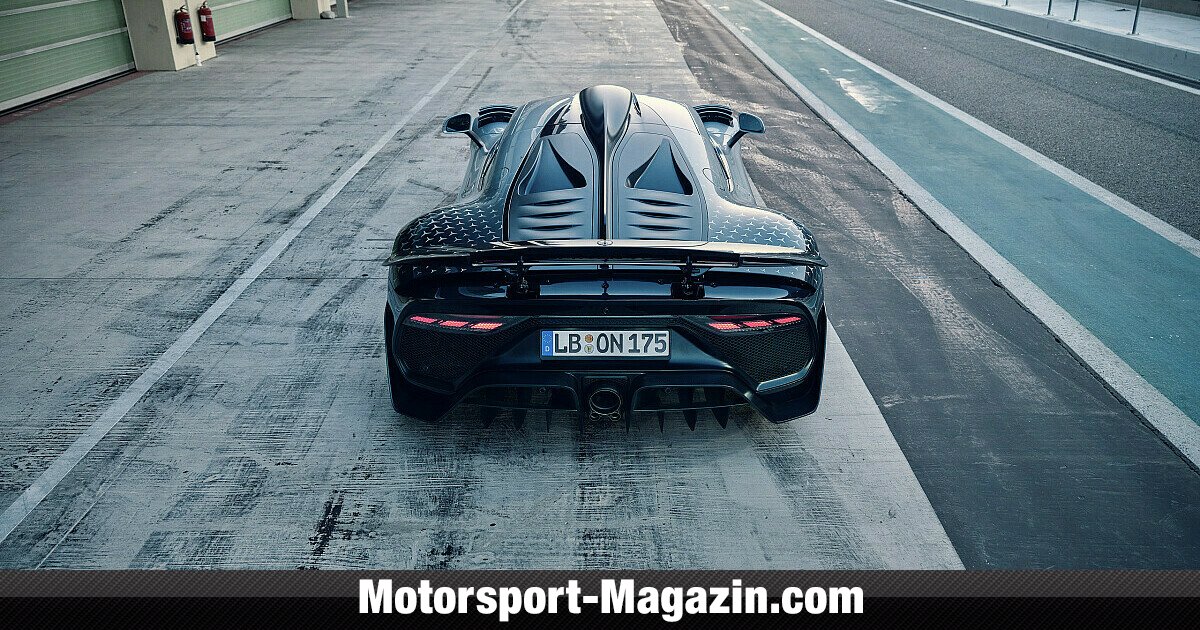AMG groundbreaking was laid on June 1, 1967. Production version of the Mercedes-AMG ONE (weighted fuel consumption, combined: 8.7 l/100 km; weighted CO2 emissions: 198 g/km; weighted energy consumption, combined: 32 km) watts/100 km)[1] Their world premiere. For the first time in the world, the two-seater super sports car brings the latest and most efficient Formula 1 hybrid driving technology from the racetrack to the road.
With one combustion engine and four electric motors, the performance hybrid drive delivers a total of 782 kW (1,063 hp), and top speed is limited to 352 km/h. This highly complex development was carried out in close cooperation with the Formula 1 experts of the Mercedes-AMG high-performance powertrain in Brixworth. In the UK, the Mercedes-AMG ONE will also be officially seen for the first time at the Goodwood Festival of Speed (23-26 June 2022).
The unique supercar impresses not only with its E PERFORMANCE Formula 1 hybrid engine, but also with other motorsport technologies. This ranges from the carbon monocoque and carbon body, to the carrier engine/transmission unit and active aerodynamics to the drivetrain chassis. Thanks to its complex technology, the two-seater Mercedes-AMG ONE sometimes offers more than just a Formula 1 racing car. It has an AMG Performance 4MATIC+ fully variable all-wheel drive engine with a hybrid-driven rear axle and an electrically driven front axle with torque vectoring. It can also drive purely electric.
Exceptional performance hybrid E with 1.6-liter V6 and four electric motors
The E PERFORMANCE Hybrid for the Mercedes-AMG ONE comes directly from Formula 1 and has been achieved in close collaboration with experts from Mercedes-AMG High Performance Powertrains in Brixworth. It consists of a highly integrated and intelligently networked unit consisting of a hybrid turbo combustion engine with a total of four electric motors: one built into the turbocharger, one located directly on the combustion engine and connected to the crankshaft, and two others driving the front wheels.
The technology of the 1.6-litre, six-cylinder hybrid petrol engine with a single turbocharged electrically assisted turbocharger is compatible with the technology of the current Formula 1 engine. The four overhead camshafts are driven via spur gears. In order to achieve a high level of engine speed, mechanical valve springs were replaced with pneumatic valve springs. The engine installed in the mid-engine position in front of the rear axle rotates at a speed of up to 11,000 rpm. However, for longer durability and use of commercially available Super Plus petrol, it is intentionally kept below the limit of Formula 1 cycles.
The high-speed engine is powered by a high-tech turbocharger. The compressor and exhaust turbines are separated from each other and connected by a shaft. This allows the turbocharger to be installed in a lowered position. There is an electric motor of approximately 90 kW on the shaft. Electronically controlled, this drives the turbocharger shaft directly, thus accelerating the compressor wheel up to 100,000 rpm before it takes over the exhaust gas flow. The typical Formula 1 designation for this unit is the MGU-H (Thermal Engine Generator Unit).
Lightning fast response, faster than a naturally aspirated V8
Biggest advantage: Response behavior significantly improves idling (when exhaust gas flow is still weak) across the entire speed range. The 1.6-liter V6 engine responds more automatically to commands from the throttle, and the overall driving experience is very dynamic. In addition, the electrification of the exhaust gas turbocharger enables higher torque at lower engine speeds. This also results in increased agility and improved acceleration. Even if the driver takes their foot off the gas or brakes, the technology is able to maintain the boost pressure at all times. This ensures a direct response continuously.
The Mercedes-AMG ONE electric exhaust gas turbocharger has another advantage: it uses part of the excess energy from the exhaust gas flow to generate electric power as a generator. It is either stored in a high-voltage lithium-ion battery or fed to the electric front axle or electric machine (MGU-K = Kinetic Engine Generator Unit) in the combustion engine. The MGU-K has a capacity of 120 kW, is placed directly on the combustion engine and connected to the crankshaft via a catalytic gear motor – another technology that guarantees maximum efficiency and performance in Formula 1.

Turbocharging and direct injection with a spray-guided combustion process not only enable high power output, but also increase thermodynamic efficiency and thus reduce fuel consumption and exhaust emissions. The high-performance six-cylinder engine has two injection systems. Direct injection delivers fuel to the combustion chambers with a pressure of up to 270 bar. This sometimes happens multiple times and is controlled by the actuator control as required. Additional port injection is required in order to achieve the engine’s high specific output while at the same time adhering to exhaust gas limits.
Added to this is a complex and highly effective exhaust gas cleaning system with four heated metal catalytic converters, two ceramic catalytic converters and two gasoline particulate filters. Four heating elements with a total power of 16 kW enable compliance with the EU6 exhaust emission limits under Real Driving Conditions (RDE). In addition, the exhaust gas cleaning system for counter-pressure has been optimized in order to avoid performance loss. This also applies to the large, lightweight titanium rear muffler.
New four-wheel drive with all-electric front axle
Two electric motors on the front axle, each with a power of 120 kW, achieve a rotational speed of 50,000 rpm. Both are connected to the front wheels via a gear reducer. Thus, the front axle, which is driven purely by electricity, selectively engages the wheels in each situation and thus enables individual torque distribution for particularly high driving dynamics (“torque vectoring”). In addition, braking power can be optimally used for recovery with the two electric motors – up to 80 percent in everyday driving conditions. This energy is stored in the battery and available for a longer electric range or more driving performance. Each electric motor is controlled by its own power electronics, which are placed in the vehicle’s floor near the electric motors.
Formula 1 high-performance battery
The lithium-ion power bank is also a proprietary development by Mercedes-AMG. Its technology has already proven itself under the toughest conditions in the Mercedes-AMG Petronas F1 Team’s hybrid Formula 1 race cars and can also be found in the Mercedes-AMG GT 63 SE PERFORMANCE battery pack. The AMG high-performance battery combines high power, repeatedly called in series, with low weight in order to increase overall performance. Added to this is rapid energy consumption and high energy density. This means that when driving fast on mountainous terrain, for example, drivers can automatically call up the potential full performance uphill, while there is a strong rebound when driving downhill.

“Certified tv guru. Reader. Professional writer. Avid introvert. Extreme pop culture buff.”







More Stories
Open day and career day on May 3: specialized lectures on renewable energies and electric mobility, modern innovative solutions in automation technology and much more.
Chassis and transmission of the G 580 with EQ
OpenAI modernizes enterprise applications | OnlineMarketing.de